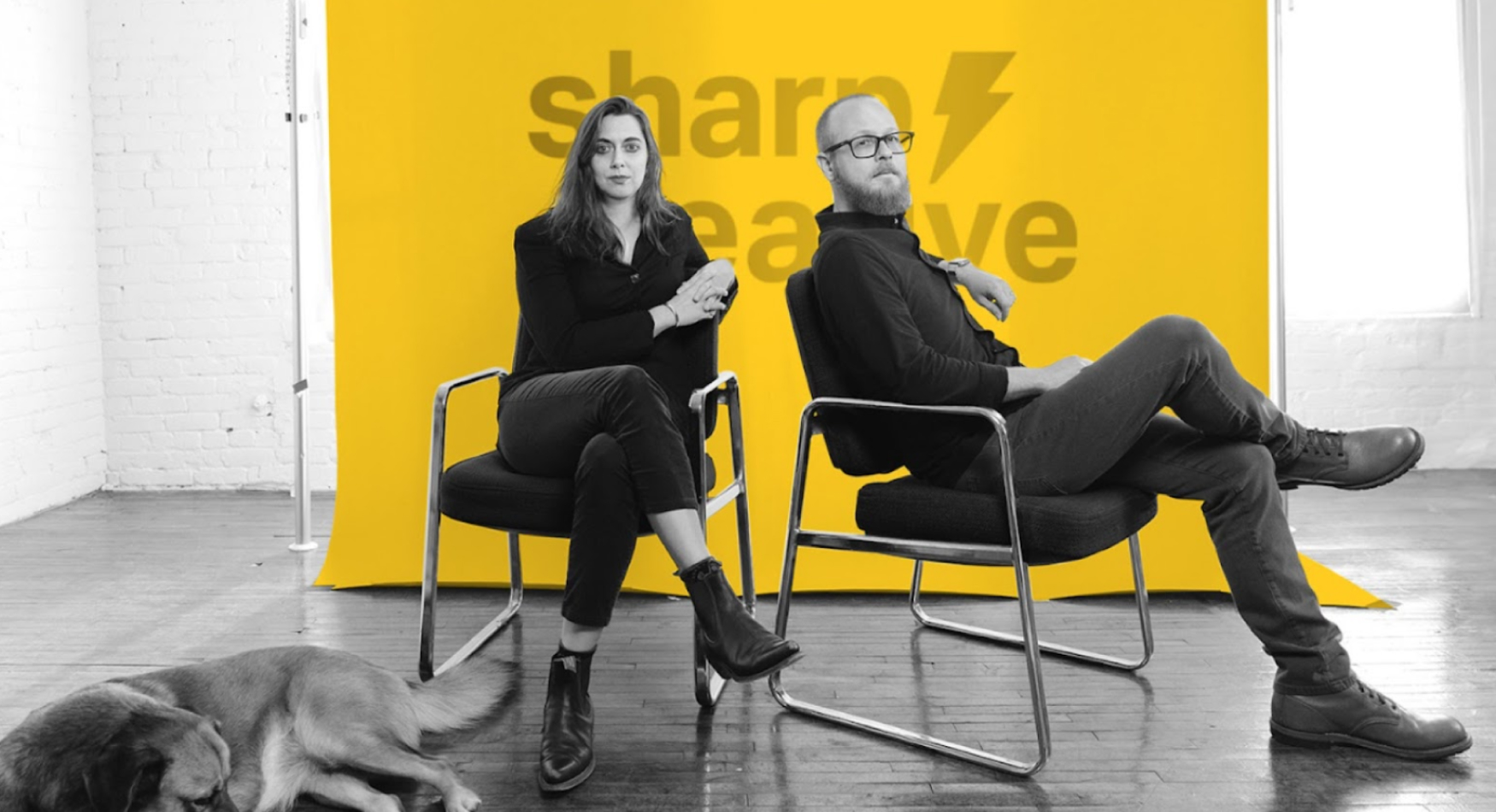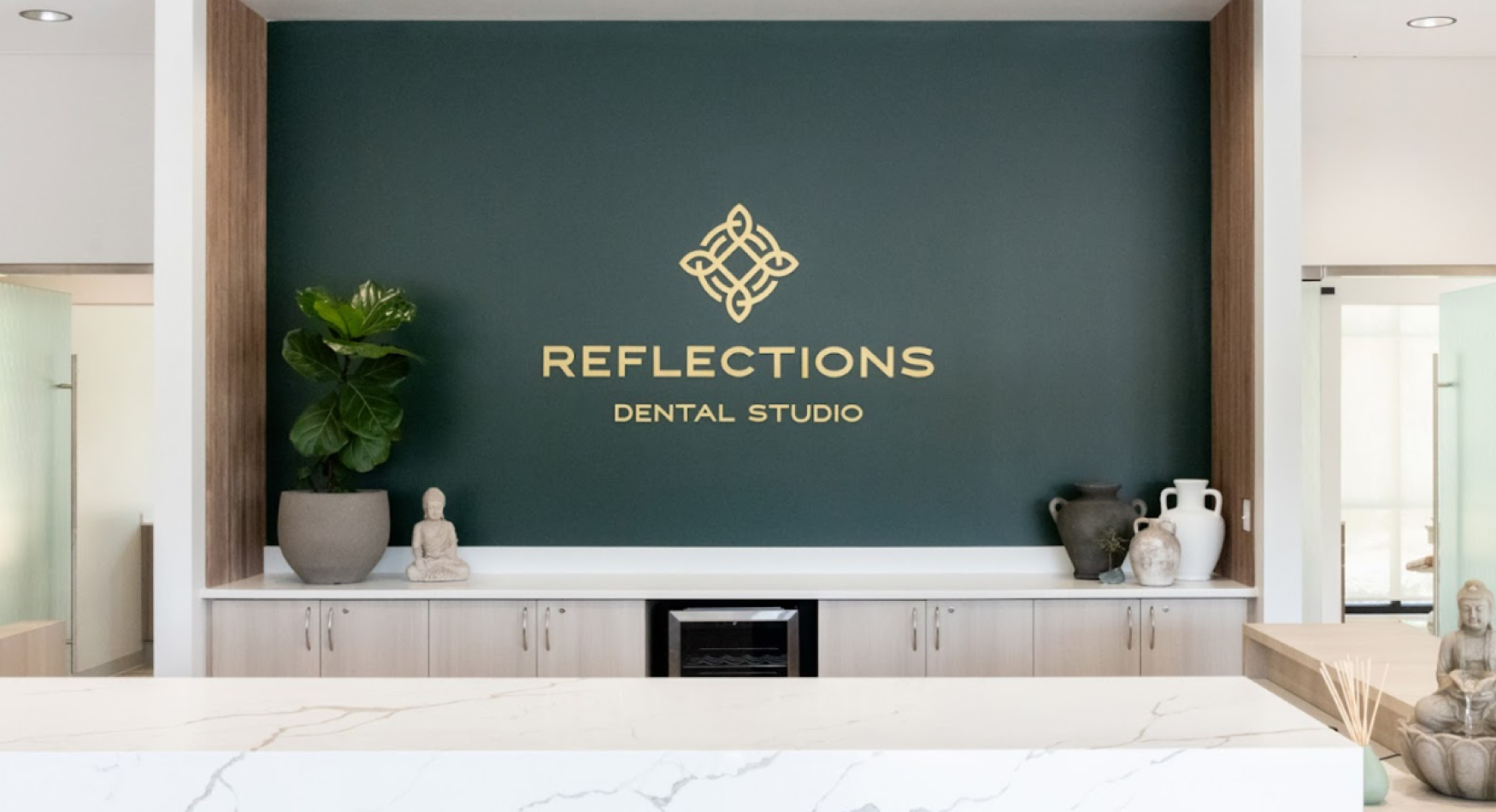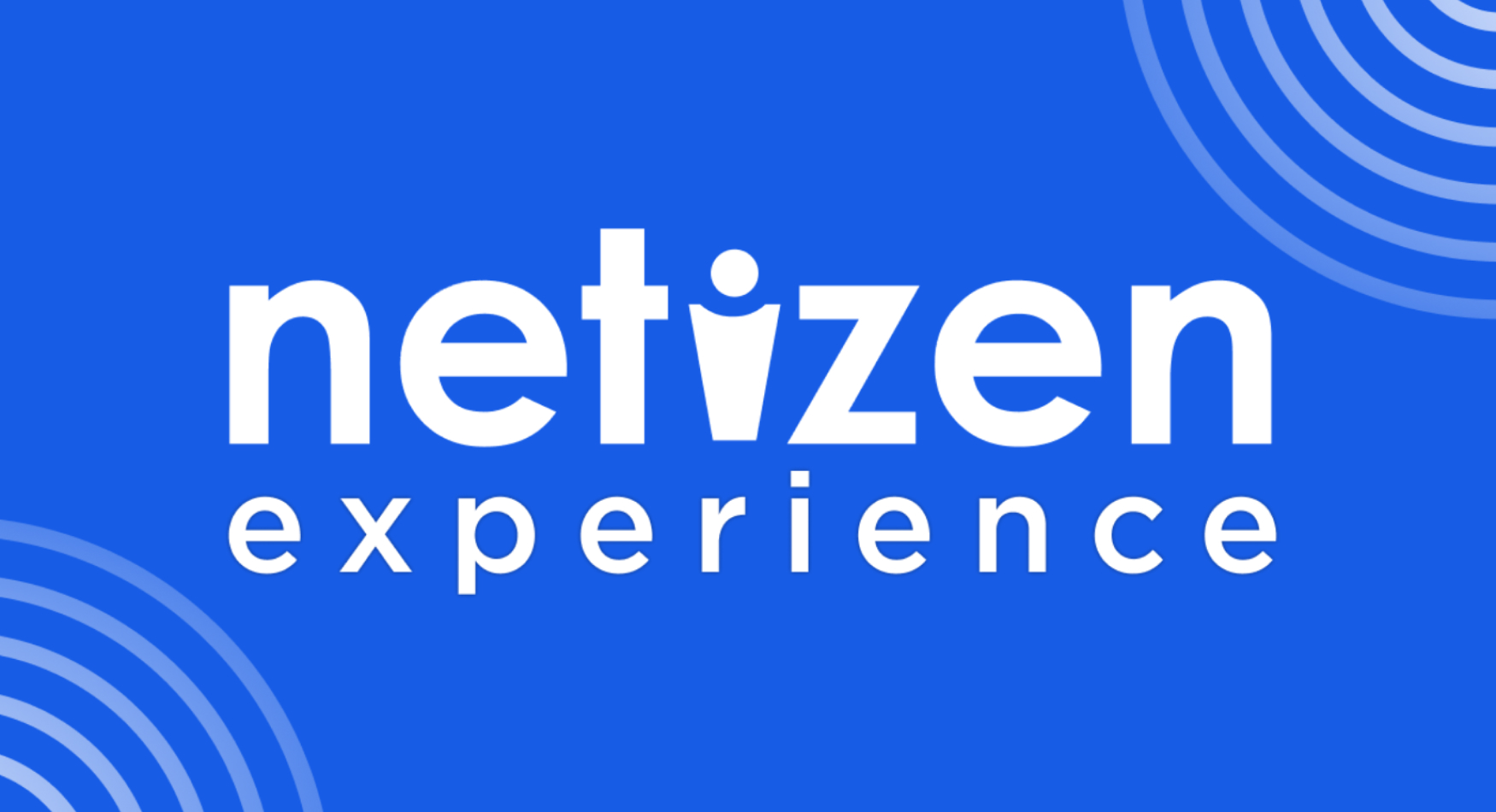Design is no longer just about aesthetics—it’s about strategy, performance, and impact. In today’s digital-first world, data-driven design is revolutionizing the creative process, blending artistry with analytics to deliver measurable results. This shift has redefined creativity, pushing designers to craft experiences that are not only visually compelling but also highly functional and optimized for performance. This article explores how data-driven design is shaping the future of creativity and what it means for brands and marketers.
The Rise of Data-Driven Design
Data-driven design merges creativity with insights gathered from user behavior, preferences, and interactions. Designers now have access to analytics tools and AI-powered platforms that provide actionable insights, allowing them to make informed decisions rather than relying solely on intuition.
This approach has transformed design into a process of continuous improvement. A/B testing, heatmaps, and real-time analytics give designers the ability to track performance and optimize visual elements, layouts, and messaging in response to actual user behavior.
Balancing Art and Analytics
While some worry that relying on data may stifle creativity, data-driven design has proven to enhance it. By understanding what resonates with users, designers can focus their creativity on elements that make the biggest impact.
Data informs decisions like:
- Color choices based on emotional responses.
- Layout adjustments to improve readability and navigation.
- Content placement optimized for engagement and conversions.
The result is a balance where data guides the framework, and creativity brings it to life.
Personalization Through Data
Personalization has become a defining factor in modern design. With data analytics, designers can create hyper-targeted experiences that adapt to individual users.
Dynamic content, adaptive layouts, and tailored recommendations are examples of how data-driven design delivers personalized experiences. Brands like Spotify and Netflix use data to refine their interfaces, offering content that feels uniquely curated for each user.
Tools Driving Data-Driven Creativity
Advancements in technology have fueled the growth of data-driven design. Tools like Google Analytics, Hotjar, and Adobe Analytics provide insights into user behavior, while AI-powered platforms like Figma and Canva streamline collaboration and testing.
Machine learning algorithms analyze patterns and predict outcomes, helping designers test concepts before deployment. These tools empower creatives to experiment and refine ideas with greater confidence and efficiency.
Real-World Applications
Several industries have embraced data-driven design to redefine their creative approaches:
- E-commerce: Brands optimize product pages by analyzing click-through rates and customer journeys, improving layouts to increase sales.
- Media and Entertainment: Platforms like YouTube and Spotify use algorithms to curate content, enhancing user satisfaction and retention.
- Healthcare: Data-driven design improves usability in patient portals and apps, making health information more accessible.
The Challenges of Data-Driven Design
Despite its benefits, data-driven design presents challenges. Over-reliance on analytics can sometimes lead to designs that prioritize functionality over emotional impact. Designers must strike a balance between insights and intuition to avoid losing the human element that connects with audiences.
There are also ethical considerations, particularly when using personal data. Transparency and privacy compliance must be at the forefront of data-driven practices.
The Future of Data-Driven Creativity
As AI and machine learning continue to evolve, data-driven design will become even more dynamic. Predictive analytics and adaptive interfaces will allow designers to anticipate user needs and create experiences that evolve in real time.
We’ll also see the rise of generative design, where AI collaborates with designers to generate creative options based on data inputs, pushing the boundaries of what’s possible in both digital and physical spaces.
Final Thoughts
Data-driven design is redefining creativity, proving that beauty and performance are no longer mutually exclusive. By blending analytics with artistry, designers can create experiences that are visually stunning, highly functional, and deeply impactful.
As brands continue to embrace data as a creative tool, the future of design will be driven by insights, adaptability, and personalization. The challenge for creatives is to harness the power of data without losing the human touch that makes great design truly memorable.









